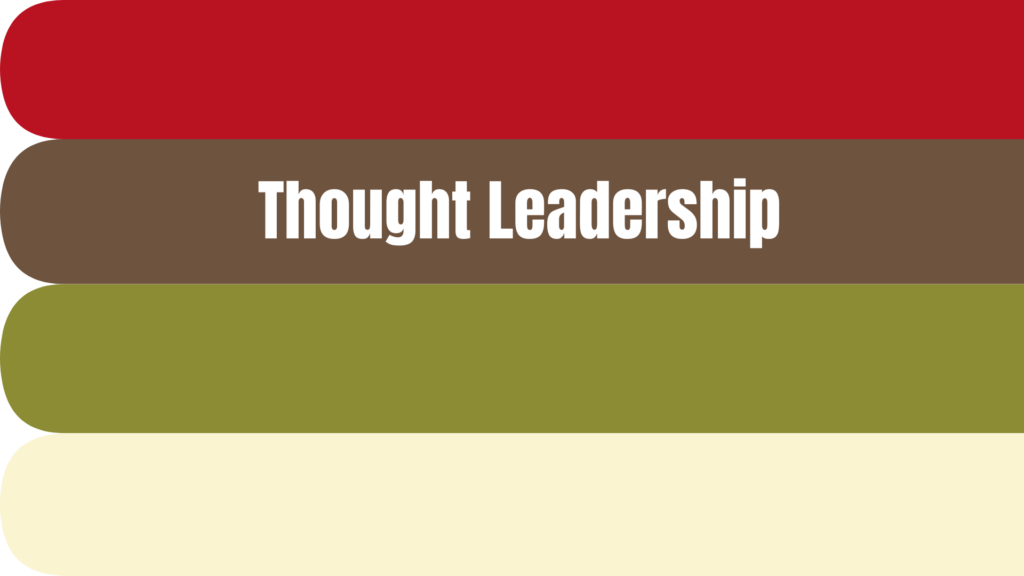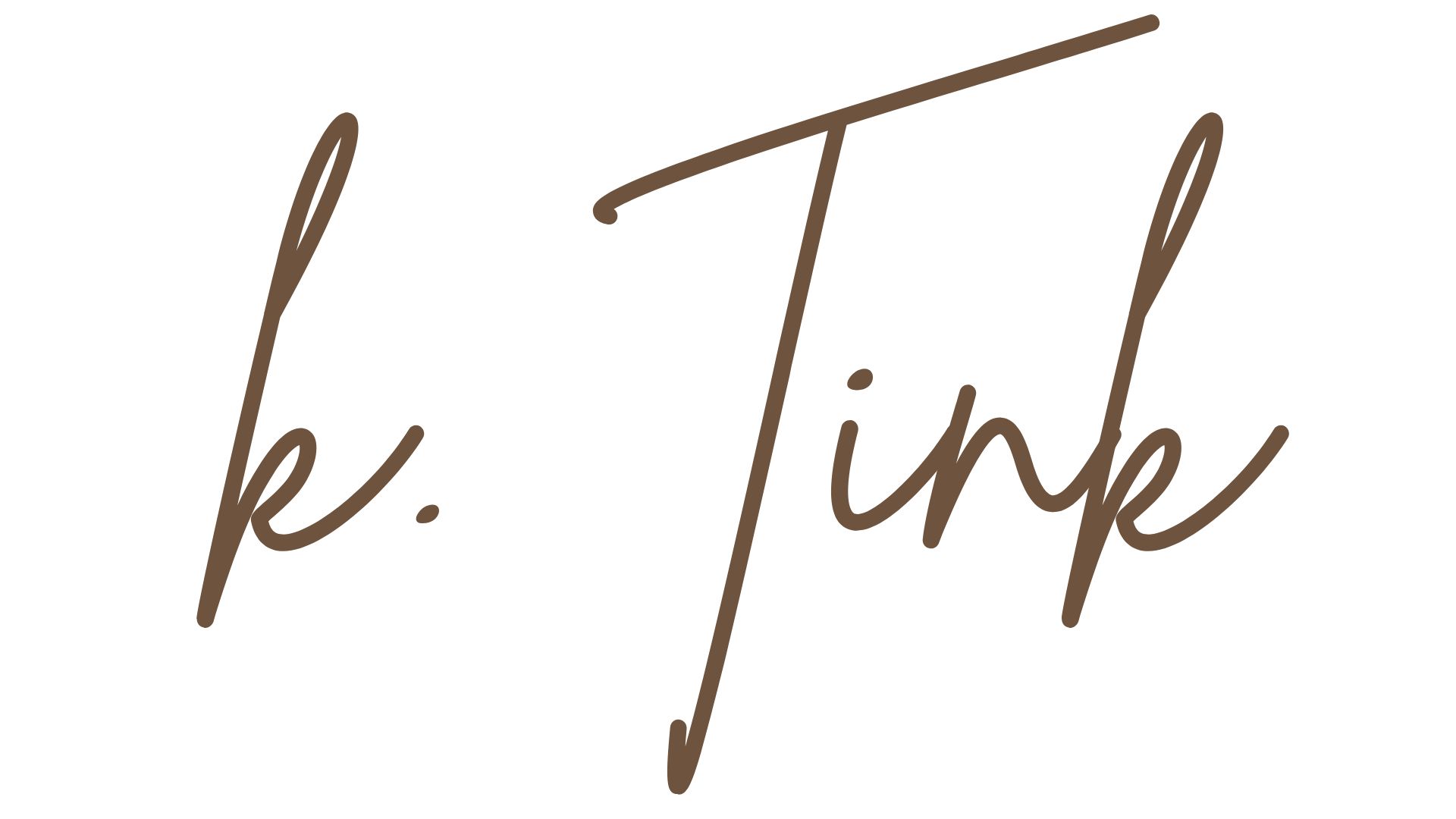
The Sustainable Path: Innovative Circular Consumer Experiences
Concerns about textile waste continue to be at the forefront of business decisions. The fashion industry impacts a number of environmental areas from landfill growth, water pollution, and excessive energy use. The alarming data point from the UN Environment Programme is that 85% of all textiles go to the landfill each year. The luxury fashion industry can lead sustainable practices across the product’s lifetime by promoting quality products and making the circular consumer experience more approachable.
Clothes Have Multiple Lives
When living in a world of e-commerce, seasonal collections, and the pressure to purchase a new outfit for every occasion, throwaway culture is a driving force in the fashion industry’s speed of production. In 2023, the UN Environment Programme reported clothing items only being worn seven to ten times before being tossed. Businesses can reduce consumer’s desire to discard clothes by supporting repair of products and designing timeless silhouettes to remain relevant from generation to generation. Consumers’ investment in quality pieces has the potential to decrease environmental impacts by encouraging thoughtful consumption.
Supporting Resale and Renting
According to Business Wire, the global secondhand luxury market is expected to grow 10% during the forecasted period of 2024-2029. One of the keys in solving excessive waste in the fashion industry is by leveraging the increasing demand for pre-owned luxury goods. Rent the Runway, an e-commerce platform to rent designer apparel, is helping to support the circular consumer experience by displacing the need for new production of half a million garments through 2026. Introducing resale and renting options to consumers is a vital step in helping consumers make conscious decisions when buying or parting ways with their clothes. However, luxury brands must be cautious about the resale market to ensure their brand maintains its integrity across third party platforms.
Confidence In Circular Economy
When brands are considering the entire life cycle of their products, building consumer confidence in the recirculation process is dire. According to Civic Science, 39% of respondents who prefer buying luxury items over secondhand reported they are ‘very’ concerned about the risk of purchasing fake luxury goods. Brands can increase trust by mitigating counterfeiters with authentication resale networks and digital traceability tools. Equipping individual products with traceable technologies like Ralph Lauren’s Digital Product ID can provide the validation consumers desire when purchasing luxury goods.
The fashion industry’s environmental impact must be analyzed from a bird’s eye view. Luxury brands need to shift their focus from the production of goods to supporting the extension of their existing products. Collaborating with rental platforms, selling curated collections of vintage pieces, and digital ID technology can all help to elevate the consumer experience in secondhand marketplaces. Building momentum in innovative circular consumer practices that prioritize a product’s second life can make the luxury fashion industry an essential player in reducing our environmental footprint.
*All content is for academic purposes only and in no way affiliated with Ralph Lauren*
